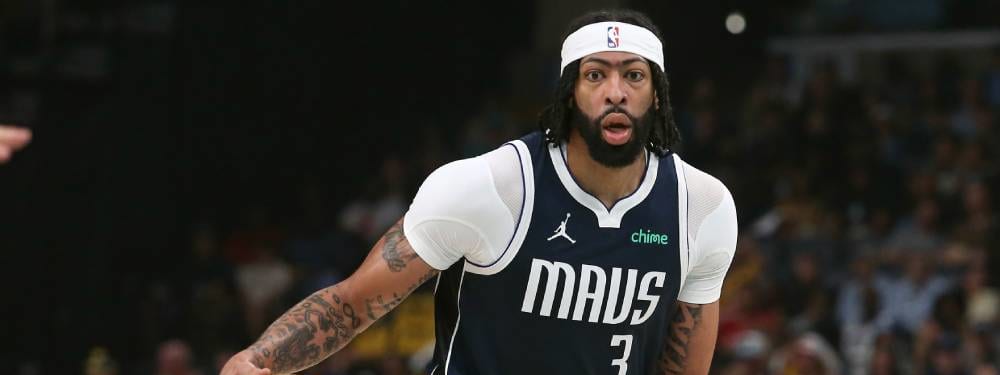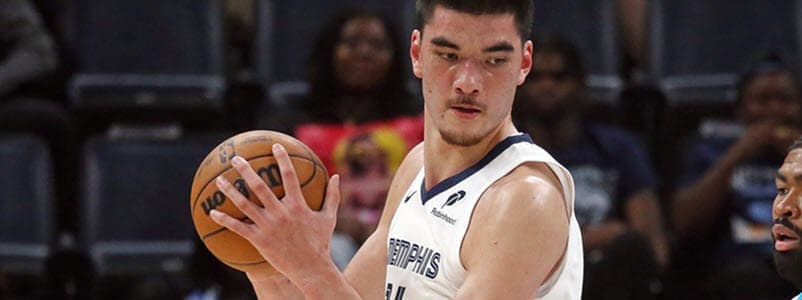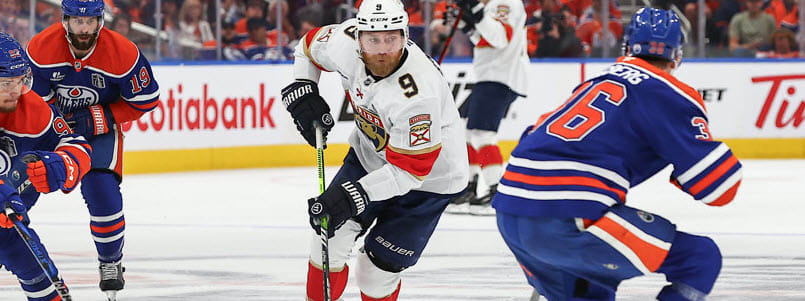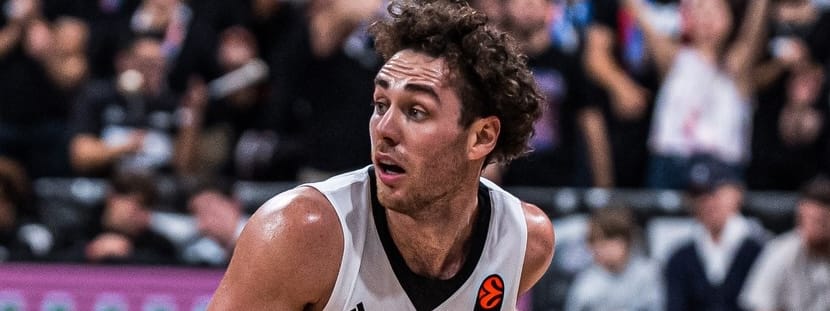
Learn how many players to draft at each position for your NBA fantasy basketball draft. Get the latest strategies for 2025-26 with RotoWire's exclusive tools.

Discover NFL Week 7 predictions with AI insights! See which games are projected to be tight. Commanders at Cowboys and more analyzed by RotoWire using ChatGPT.

NFL expert picks for Week 7 with staff predictions and against-the-spread winners to help guide your betting picks and pools.

Get the edge in NHL Pick'Em: Look for Devin Cooley under 26.5 saves and Leevi Merilainen under 2.5 goals. Plus, why Dylan Cozens is set to pick up a point.

Finding NBA Fantasy Basketball sleepers outside the top 100 is tough but is the key to winning. Uncover late-round flyers and high-upside picks with deep ADP to dominate your league this season!

Check out Juan Pablo Aravena's MLB Best Bets for tonight as the Blue Jays and Mariners face off in a huge ALCS Game 3.

UFC Vancouver betting picks for October 18 are live on RotoWire today. Check out predictions for a favorite, an underdog, a prop and a parlay for bettors to consider Saturday.

Nick Whalen joins VSiN Wednesday morning to talk NBA Bets for the upcoming 2025-26 season. Nick thinks the Denver Nuggets are underrated, especially with the addition of Cameron Johnson.

Find the top Underdog Fantasy plays for College Football Week 8 games, including a potential big game for Washington's Denzel Boston.

Nick Whalen joins VSiN Wednesday morning to talk best bets for NFL Week 7. They start with Saints Bears game and debate the Total. Is it time to respect Spencer Ratler?

Catch tonight's NHL matchups with Ottawa vs. Buffalo, Florida vs. Detroit and more. Goalies and players to watch include Sam Bennett and Sergei Bobrovsky.

Claim $50 in bonus picks when you sign up and register right now using the exclusive DraftKings Pick 6 promo. Claim the DraftKings Pick 6 promo for today's NFL games & more.

Unlock $60 in bonus entries when you sign up and register right now using the FanDuel Picks promo code. Claim the FanDuel Picks promo for Football Sunday.

It will be a five-game Wednesday in the EuroLeague, and one of the matchups will pit Monaco against Alessandro Pajola's Virtus Bologna club.

You can get $50 in Novig Cash just by spending $5 in prediction markets with the Novig promo code ROTOWIRE. Learn more about the Novig promo here.

The best Pennsylvania sportsbook promos grant over $4,000 in welcome bonuses to new users. Learn more and claim the top PA sports betting promos today.

Week 7 NFL survivor pool strategy with expert picks, safe and risky team options and matchup breakdowns to help you survive and advance.


